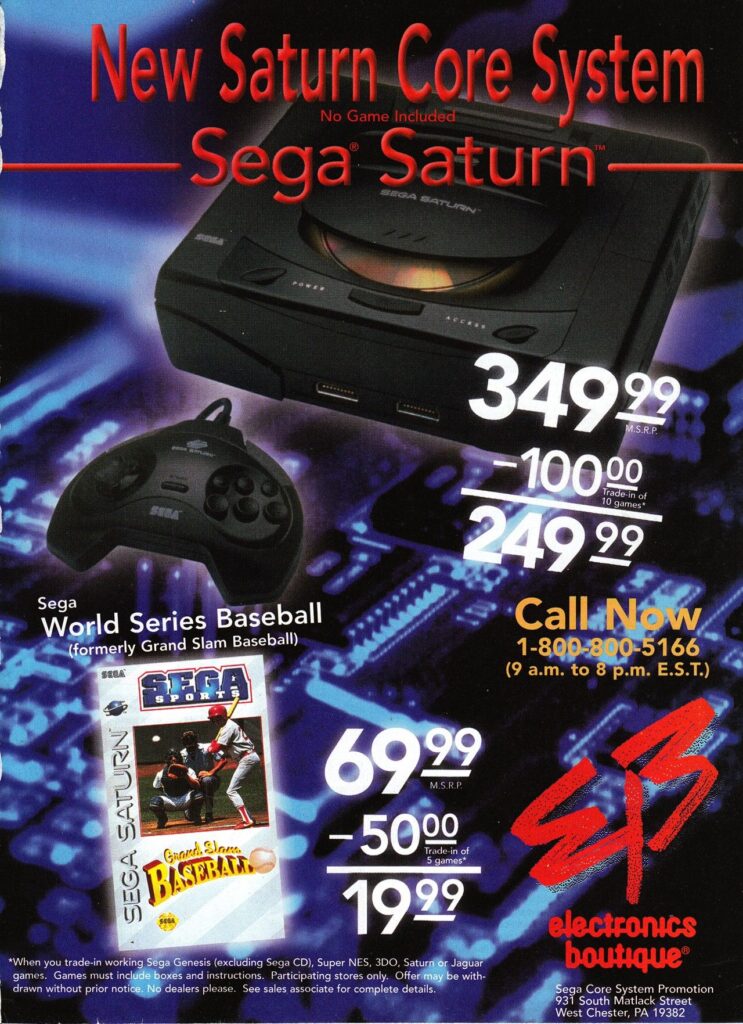



The 1990s were a pivotal time in gaming, with innovation and competition driving the industry forward. Amidst the successes, however, some consoles became infamous failures. High price tags, limited functionality, and poor marketing often overshadowed their unique features. These challenges highlighted the importance of timing and quality gaming experiences. Notable examples include the Commodore 64GS and Virtual Boy, which faced usability and design issues. These consoles serve as reminders of the industry’s demanding nature, emphasizing the need for precise execution and consumer-centric approaches.

Commodore 64 GS
- Launch Date :
- December 1990 (EU only)
- Price at Launch:
- ₤ 99-129 (Adjusted for inflation: ₤288-375 in 2023)
- Discontinued:
- 1992
The Commodore 64GS, a gaming console variant inspired by the immensely popular Commodore 64 computer, faced challenges in making a noteworthy mark in the gaming industry. One notable challenge was its timing; its release in 1990 coincided with a pivotal shift in the gaming landscape. During this period, the gaming industry was swiftly advancing toward more sophisticated 16-bit consoles, such as the Sega Genesis and the SNES, leaving behind the earlier 8-bit gaming systems, including the C64GS.
The C64GS was essentially a C64 but without a keyboard, leading many to perceive it as a mere money-grabbing endeavor by Commodore. It heavily relied on the preexisting game lineup from the already popular C64. However, in many cases, it fell short as it couldn’t support certain games due to a lack of available buttons on the included joystick. The joystick for the C64GS featured just a single button, rendering it impractical for playing most games that were compatible with the C64.
Commodore’s attempt to market the C64GS also struggled to convey a compelling reason for consumers to opt for the console over simply owning a full-fledged C64. The C64 was a versatile personal computer, while the C64GS relied exclusively on cartridges and lacked any other functionality beyond gaming.
Production of the C64GS lasted less than a year, during which only 20,000 units were sold in the EU. This limited success underscored the clear downfall of this console.

Panasonic’s 3D0
- Launch Date :
- October 1993 (NA)
- March 1994 (JP)
- June 1994 (EU)
- Price at Launch:
- $699.99 (Adjusted for inflation: $1,485 in 2023)
- ¥79,800 (Adjusted for inflation: ¥87,400 in 2023)
- Discontinued:
- 1996
The 3DO Interactive Multiplayer faced numerous challenges that hampered its success. At launch, it carried an exorbitant price tag of $699.99, placing it well beyond the means of the average consumer. In today’s terms, that would equate to a hefty $1,485, making it a truly expensive investment. Despite its impressive technical capabilities, including a 32-bit RISC CPU, full-motion video, rudimentary 3D graphics, and the ability to not only play games via CD-ROM but also function as an audio CD player, it faced skepticism from the very beginning. Leading up to its release, multiple articles expressed concerns about its steep price.
Just before the console was set to release in October 1993 in North America, Gamepro magazine featured an article scrutinizing the 3DO’s price.
“You’re going to have to think hard about a reportedly $699 initial price tag.” – Gamepro Magazine
This initial apprehension from critics, along with the fact that only one game, “Crash ‘N’ Burn,” was available by press time, signaled trouble for the 3DO. Although they had promised twenty games by the end of the year, only twelve were delivered on time. Additionally, the Atari Jaguar posed direct competition, set for release in November of the same year and at a much more affordable price point. We’ll delve into the Jaguar in the next section of this list.
Initially, it was projected that the 3DO would experience a price drop approximately two years after its October 1993 North America release. However, this reduction occurred much sooner, with the price dropping to $499.95 just six months after launch. While this came with an additional 25 game titles, the price tag remained relatively high compared to other options on the market.
All of these factors, coupled with the struggles to secure robust third-party support, further diminished its game catalog. In fact, it was awarded the unflattering title of “Worst Console Launch” by Electronic Gaming Monthly in 1993.
Atari Jaguar
- Launch Date :
- November 1993 (NA)
- June 1994 (EU)
- December 1994 (JP)
- Price at Launch:
- $249.99 (Adjusted for inflation: $531in 2023)
- ₤ 199.99-299.99 (Adjusted for inflation: ₤506-763.43 in 2023)
- ¥ 29,800 (Adjusted for inflation: ¥32,638 in 2023)
- Discontinued:
- 1996
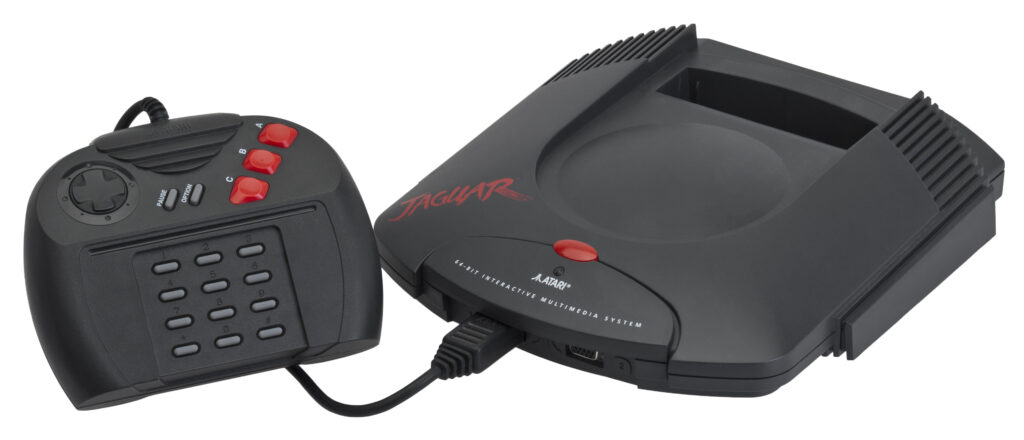
Despite Atari’s esteemed history in the gaming industry, the Jaguar struggled to gain traction. A significant factor contributing to its lack of success was its perplexing marketing strategy. Atari positioned the Jaguar as the first 64-bit console, but in reality, its architecture was more intricate, posing challenges for developers trying to harness its full potential.
Interestingly, in the same October 1993 edition of Gamepro that featured the 3DO, the Jaguar received praise for its 17-button controller and its supposed ability to support “every expansion device you can think of.” The Jaguar indeed boasted impressive specs, with processors spread across three chips, including a 16-megahertz 68000 Motorola Chip, the same one used in the renowned Amiga 500.
The Jaguar generated considerable pre-release hype with its impressive specifications. However, the console’s game library suffered from a dearth of strong titles and third-party support, primarily because its complexity made game development a challenge. Another point of contention was the Jaguar’s notably unusual controller, with an awkward shape and a number pad intended for modifiability but ultimately confusing consumers.
In the end, the Jaguar’s failure to deliver on its marketing promises, coupled with its underwhelming game library, proved to be its downfall in the competitive gaming market.

Sega Saturn
- Launch Date :
- November 1994 (JP)
- May 1995 (NA)
- July 1995 (EU)
- Price at Launch:
- ¥44,800 (Adjusted for inflation: ¥49,066 in 2023)
- $399 ( Adjusted for inflation: $804 in 2023)
- ₤399.99 (Adjusted for inflation: ₤984 in 2023)
- Discontinued:
- 1998 (EU and NA)
- 2000 (JP)
The Sega Saturn faced a series of missteps that significantly contributed to its underwhelming performance, particularly in the United States. Originally, Sega had planned to release the Saturn in September 1995, roughly the same time as the Playstation 1. However, a surprising decision led to a premature launch in May, a full five months ahead of schedule. This abrupt release caught developers off guard, resulting in a shortage of high-quality games available at launch.
In an attempt to generate attention and anticipation for the Saturn, Sega made a bold move at their E3 1995 conference by announcing the console’s immediate availability. Unfortunately, they didn’t have enough units in stock to meet the overwhelming demand. In response to this surprise announcement, Sony revealed a $299 price tag for the Playstation 1 and would have far more titles available at launch. This aggressive pricing and superior game lineup dealt a severe blow to the Saturn, which was priced at $399, or $449 if bundled with the release game Virtua Fighter.
The Saturn faced further challenges beyond its troubled launch. Despite its impressive hardware, featuring two CPUs, two GPUs, and four other processors, this complexity proved to be a double-edged sword. Most game developers were unprepared to work with such a sophisticated architecture at the time. This hindered the creation of a diverse game library, especially given the surprise early release, as developers weren’t ready to have games available until September 1995.
Sega’s poor marketing strategy and positioning of the console also compounded its struggles, ultimately leading to its classification as a commercial failure in the United States.
Interestingly, despite its disastrous U.S. launch, the Saturn found success in the Japanese market. It sold approximately 170,000 units on its first day and maintained strong interest and demand well beyond that initial period.

Nintendo’s Virtual Boy
- Launch Date :
- July 1995 (JP)
- August 1995 (NA)
- Price at Launch:
- ¥19,800 (Adjusted for inflation: ¥21,704 in 2023)
- $179.95 (Adjusted for inflation: $362 in 2023)
- Discontinued:
- December 1995 (JP)
- August 1996 (NA)
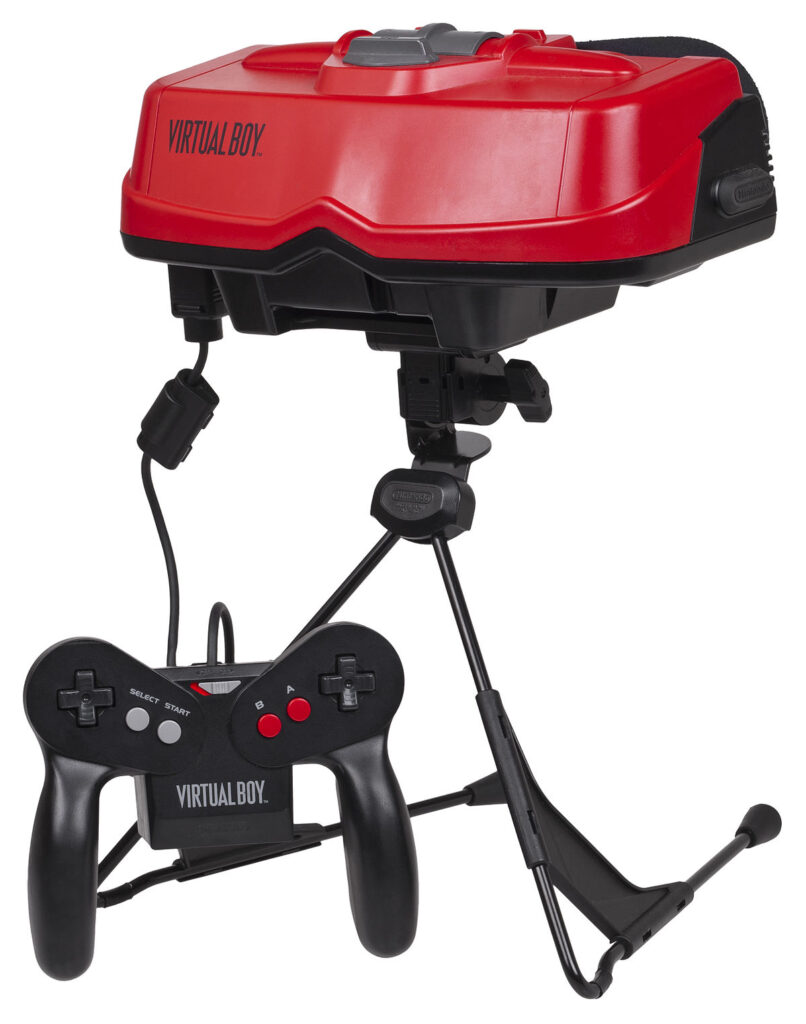
The 1990s was a time of experimentation, as evidenced by the Nintendo Virtual Boy. Nintendo had a vision, but the gaming industry’s environment at the time would lead the system to failure.
First and foremost, it was uncomfortable to use for extended periods due to its awkward design, leading to discomfort and even health concerns among players. To prevent EMF radiation from affecting the player, metal plates were placed in the headset, which ultimately weighed it down and prevented it from being worn comfortably on the head. To address this, a stand was created that would be placed on a table, requiring players to lean forward to look into the console. You can imagine why this may have caused problems.
Furthermore, the system’s monochromatic red display, while innovative, limited the visual appeal of games and made them less engaging. While the concept was interesting, a rush to production and release left much to be desired in execution. The Virtual Boy also had a sparse game library, with few notable titles. Its high price and the lack of a compelling gaming experience ultimately doomed the Virtual Boy.

Apple’s Bandai Pippin
- Launch Date :
- March 1996 (JP)
- September 1996 (NA)
- Price at Launch:
- ¥64,800 (Adjusted for inflation: ¥70,934 in 2023)
- $599 (Adjusted for inflation: $1,172 in 2023)
- Discontinued:
- 1997
The gaming industry often regards the Apple Bandai Pippin as one of its biggest flops. Several factors contributed to its underwhelming performance. Firstly, the Pippin had a limited library of games, most of which were of mediocre quality. This lackluster lineup resulted from a lack of interest from software developers, leaving the console with an unusual focus on “edutainment” games.
While the Pippin did boast an internal modem, allowing users to access the internet—a novel feature at the time—this was not particularly enticing to the American market. Additionally, the contractual agreement between Bandai and Apple prevented Bandai from marketing the Pippin as a “Computer” to avoid competition with Apple’s existing computer lineup.
Apple’s attempt to enter the gaming market faced fierce competition from established giants like PlayStation and Nintendo. Both of these companies dominated the scene with multiple consoles and a robust portfolio of popular titles. To exacerbate the situation, the Pippin carried an exorbitant price tag of $599 ($1,172 in 2023) in the US, while the Nintendo 64 provided a compelling alternative at just $199 ($389 in 2023), accompanied by a robust lineup of beloved games.
The Pippin’s ill-fated journey lasted only a year in the market before being withdrawn entirely. During its brief stint, a mere 42,000 units were sold worldwide.
In the ever-evolving landscape of the gaming industry, several consoles from the 1990s have emerged as cautionary tales. It’s notable that many of these consoles shared common issues, such as the exorbitant price points of the 3DO and Pippin. Despite possessing unique and intriguing features, in a market characterized by loyal consumer bases and rapid technological advancements, these consoles seemed to have missed the mark. What players truly desired were quality games on reliable systems at wallet friendly prices.
The Commodore 64GS and the Virtual Boy suffered from poor marketing campaigns and grappled with functionality problems, from the C64GS’s joystick and cartridge slot issues to the Virtual Boy’s awkward and clunky design.
These consoles, each with its unique set of issues, serve as reminders of the demanding nature of the gaming market and the critical importance of timing, marketing, and developer support in achieving success. While they may have struggled in their time, they have left an enduring legacy and where they may have “failed” in their time, they all seem to have earned their place as sought after collectors items today.

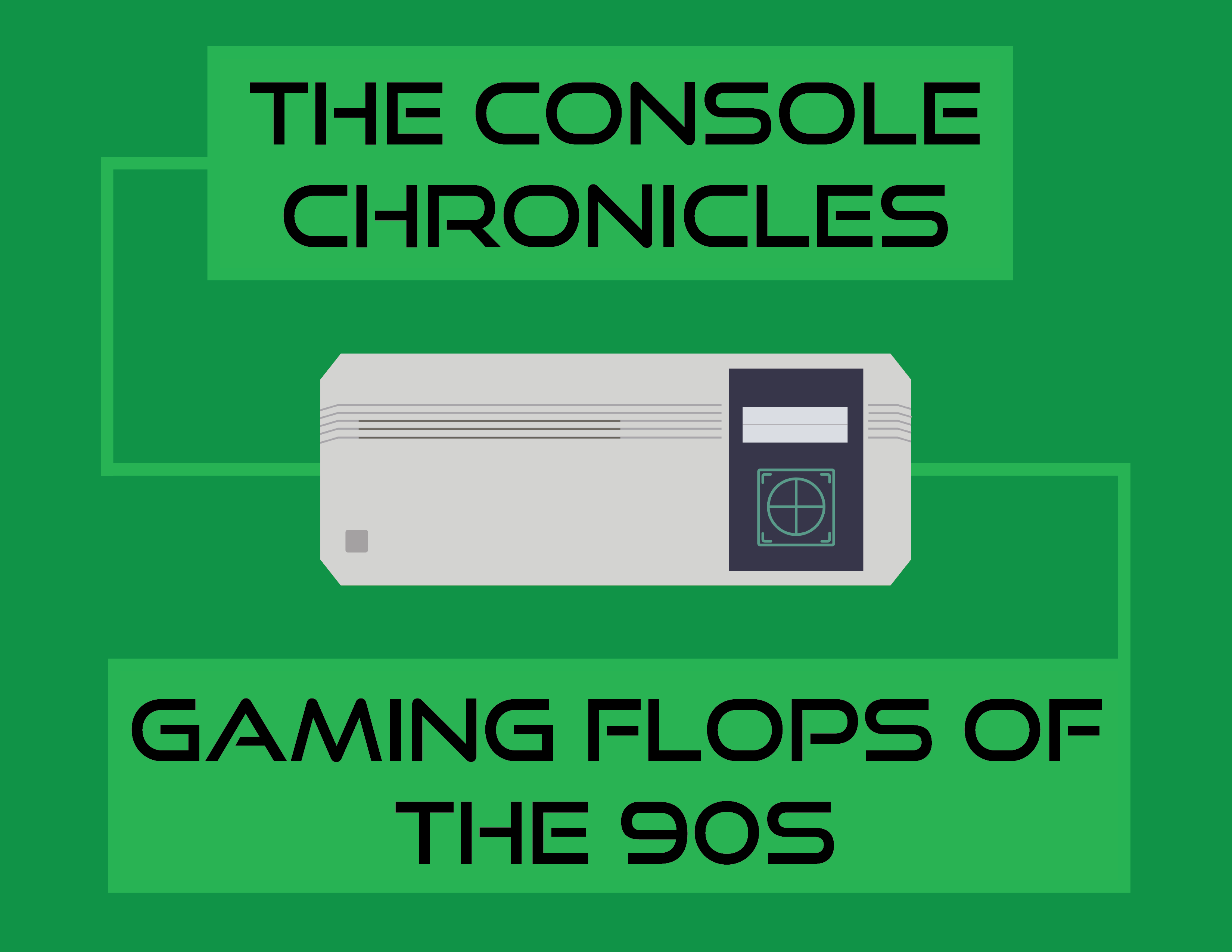
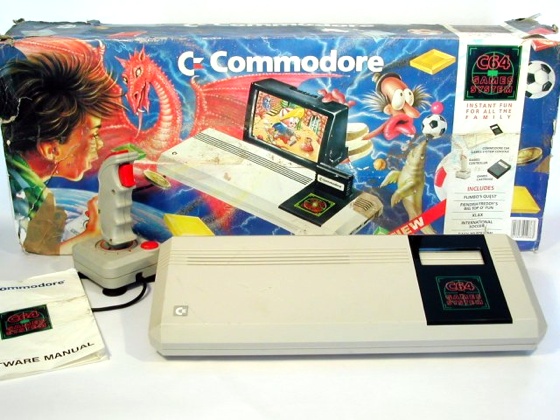

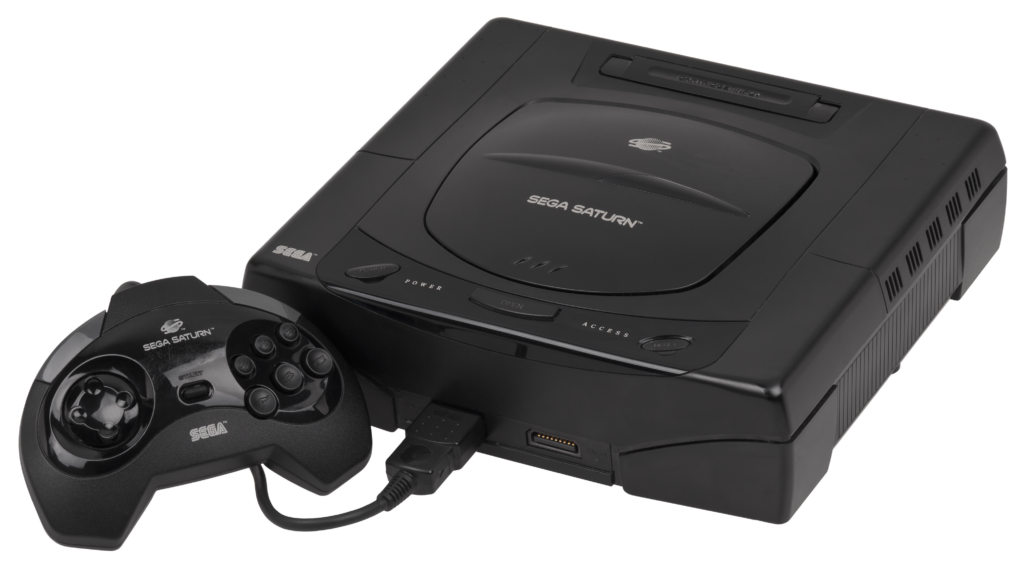
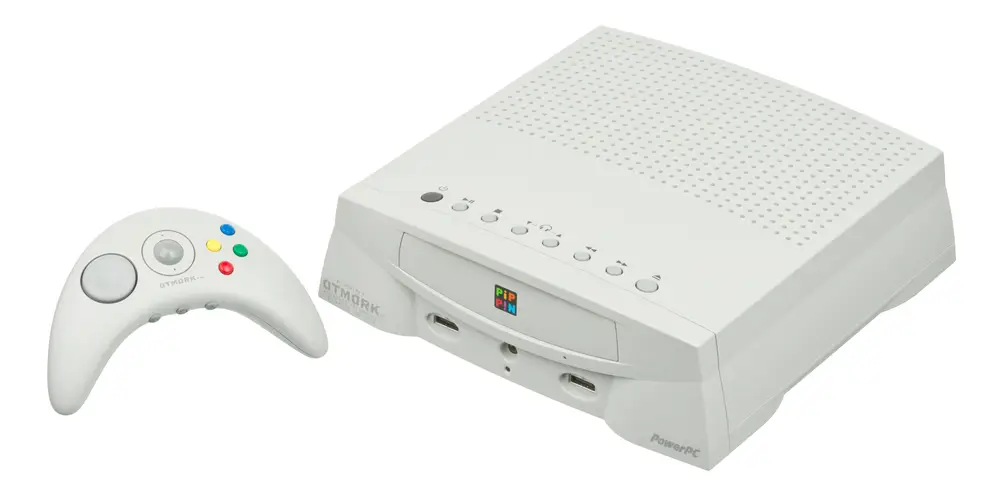
0 Comments for “The Console Chronicles: Gaming Flops of the 90s”